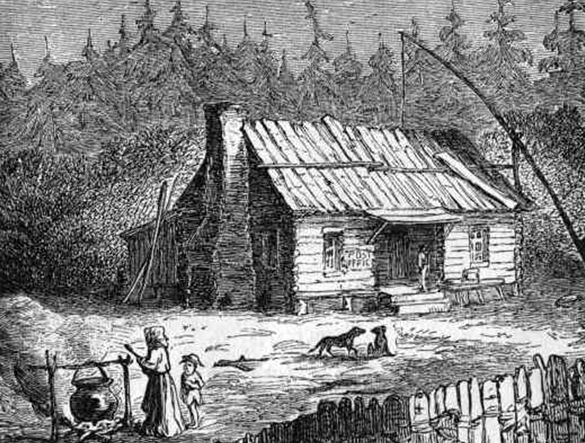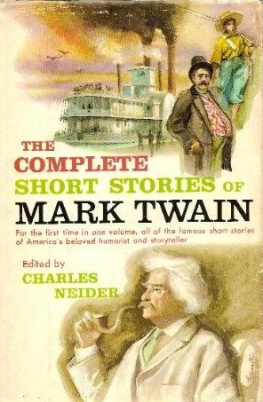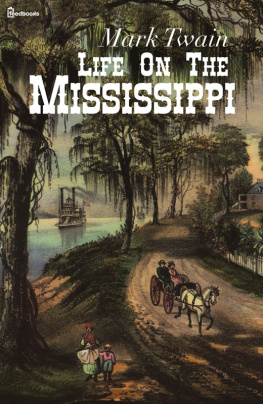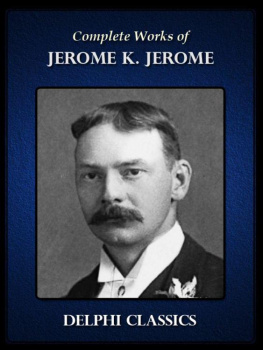The Complete Works of
MARK TWAIN
(1835-1910)

Contents
Delphi Classics 2013
Version 9

The Complete Works of
MARK TWAIN

By Delphi Classics, 2013
COPYRIGHT
Complete Works of Mark Twain
First published in the United Kingdom in 2013 by Delphi Classics.
Delphi Classics, 2013.
All rights reserved. No part of this publication may be reproduced, stored in a retrieval system, or transmitted, in any form or by any means, without the prior permission in writing of the publisher, nor be otherwise circulated in any form other than that in which it is published.
Delphi Classics
is an imprint of
Delphi Publishing Ltd
Hastings, East Sussex
United Kingdom
Contact: sales@delphiclassics.com
www.delphiclassics.com
Parts Edition Now Available!

Love reading Mark Twain ?
Did you know you can now purchase the Delphi Classics Parts Edition of this author and enjoy all the novels, plays, non-fiction books and other works as individual eBooks? Now, you can select and read individual novels etc. and know precisely where you are in an eBook. You will also be able to manage space better on your eReading devices.

The Parts Edition is only available direct from the Delphi Classics website.
For more information about this exciting new format and to try free Parts Edition downloads, please visit this link .
Explore American Masters with Delphi Classics

For the first time in digital publishing history, Delphi Classics is proud to present the complete works of these American authors.
www.delphiclassics.com
The Novels

The famous author visiting his birthplace in Florida, Missouri. Samuel Clemens, later known to the world by his nom de plume Mark Twain, was born in the two room rented house on November 30, 1835. Four years later, the family moved to Hannibal, Missouri.

The birthplace today is maintained by the Missouri Department of Natural Resources as a state historic site.

Twain, aged 15
THE GILDED AGE: A TALE OF TODAY
First published in 1873, this novel was a collaboration with Charles Dudley Warner and is the only novel Twain wrote with a collaborator. The narrative satirises greed and political corruption in post-Civil War America. Twain and Warner took the novels title from Shakespeares King John (1595): To gild refined gold, to paint the lily... is wasteful and ridiculous excess. Gilding a lily, which is already beautiful and not in need of further adornment, is excessive and wasteful, characteristics of the age Twain and Warner wrote about in their novel. Another interpretation of the title is the contrast between an ideal Golden Age, and a less worthy Gilded Age, as gilding is only a thin layer of gold over baser metal, so the title now takes on a pejorative meaning as to the novels time, events and people.
The novel concerns the efforts of a poor rural Tennessee family to grow affluent by selling the 75,000 acres of unimproved land acquired by their patriarch, Silas Si Hawkins, in a timely manner. After several adventures in Tennessee, the family fails to sell the land and Si Hawkins dies. The rest of the Hawkins story line focuses on their beautiful adopted daughter, Laura. In the early 1870s, she travels to Washington, D.C. to become a lobbyist. With a Senators help, she enters Society and attempts to persuade Congressmen to require the federal government to purchase the land.
Charles Dudley Warner, a writer and editor, was a neighbour and good friend of Twain in Hartford, Connecticut. Interestingly, one evening at dinner, their wives challenged Twain and Warner to write a better novel than what they were used to reading. Twain wrote the first eleven chapters, followed by twelve chapters written by Warner. Most of the remaining chapters were also written by only one of them, whilst the concluding chapters were attributed to joint authorship. The entire novel was completed between February and April 1873. Contemporary critics praised the novels humour and satire, though they did not consider the collaboration a success due to the independent stories written by both authors not mixing well. A review published in 1874 compared the novel to a badly-mixed salad dressing, in which the ingredients are capital, the use of them faulty. Nevertheless, Twains literary career was launched.

The first edition
CONTENTS
Twain as a young man
CHAPTER I.
June 18 . Squire Hawkins sat upon the pyramid of large blocks, called the stile, in front of his house, contemplating the morning.
The locality was Obedstown, East Tennessee. You would not know that Obedstown stood on the top of a mountain, for there was nothing about the landscape to indicate it but it did: a mountain that stretched abroad over whole counties, and rose very gradually. The district was called the Knobs of East Tennessee, and had a reputation like Nazareth, as far as turning out any good thing was concerned.
The Squires house was a double log cabin, in a state of decay; two or three gaunt hounds lay asleep about the threshold, and lifted their heads sadly whenever Mrs. Hawkins or the children stepped in and out over their bodies. Rubbish was scattered about the grassless yard; a bench stood near the door with a tin wash basin on it and a pail of water and a gourd; a cat had begun to drink from the pail, but the exertion was overtaxing her energies, and she had stopped to rest. There was an ash-hopper by the fence, and an iron pot, for soft-soap-boiling, near it.

This dwelling constituted one-fifteenth of Obedstown; the other fourteen houses were scattered about among the tall pine trees and among the corn-fields in such a way that a man might stand in the midst of the city and not know but that he was in the country if he only depended on his eyes for information.






























